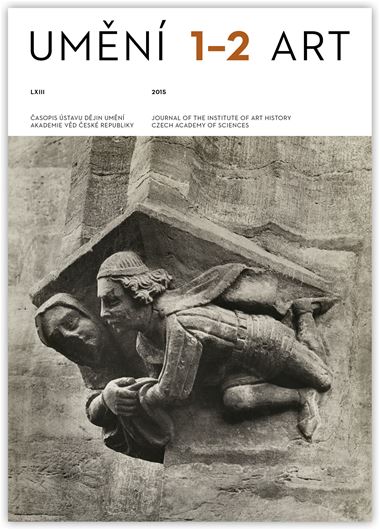Dragan Damjanović
Architect Marko Vidaković, Zagreb Exhibition of Contemporary Czechoslovakian Architecture (1928) and the Beginnings of Modernism in Croatian Architecture
Czech modern architecture exerted a considerable influence on Croatia owing to the work that Czech architects did in Croatia (e.g. the construction of the Bata factory in Borovo), and more importantly to the many Croatian and Yugoslav architects who studied at the Technical University in Prague. Marko Vidaković (Golubinci, 18 July 1890 – Zagreb, 5 January 1976) was one of the most important such architects. After attending the Vienna University of Technology for a year (1909-10), Vidaković studied intermittently at the Czech Technical University (Česká vysoká škola technická) in Prague from 1910 to 1919. He played a key role in the emergence of modern architecture in Croatia by organising Czechoslovakian Contemporary Architecture exhibition in Zagreb (17 March – 1 April 1928), which he did with the help of Zdenĕk Wirth from the Czechoslovak Ministry of Schools and Public Education. Soon after the exhibition, Vidaković designed and built one of the first buildings designed in the international style in Zagreb, a villa owned by Ljudevit Pfeffermann and located at 27a Jurjevska Street (1928–1929). This and his later architectural designs (such as a never built design for the 1931 pavilion at the Zagreb Fair) show the influences of Czech architectural work. Although the Pfefferman Villa was his last built project, the unrealised designs he created for various buildings and structures in Zagreb (tram stop shelters, 1930; an art pavilion, 1930) provide clear evidence of the great talent of this architect, who adopted the vocabulary of modern architecture. He also played a major role in helping to spread the international style in Croatia and Yugoslavia through his many writings, which were published in the Ljubljana-based magazine Architecture and in daily newspapers in Zagreb and Belgrade. During the Second World War he actively participated in campaigns to save Serbian children in the pro-fascist Independent State of Croatia.
Full-text in the Digital Library of the Czech Academy of Sciences:
https://kramerius.lib.cas.cz/uuid/uuid:13e11c18-f0c0-41d0-9f8b-eb848f5b1b07
< back

